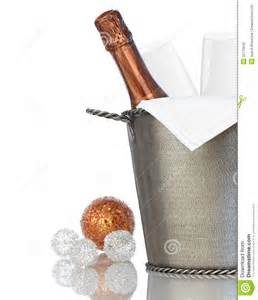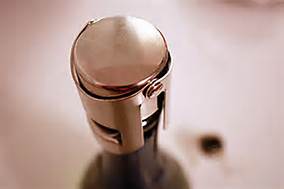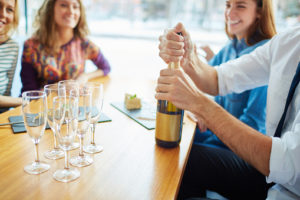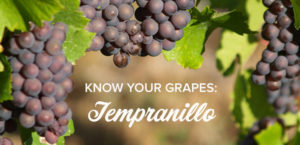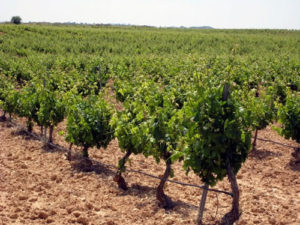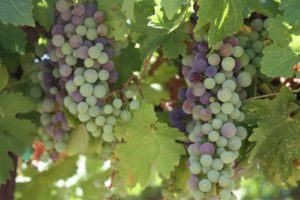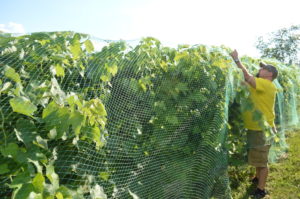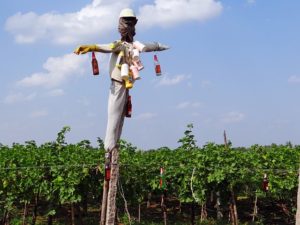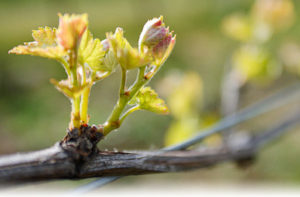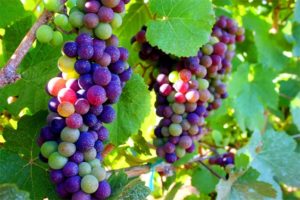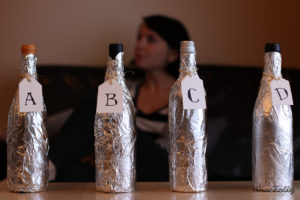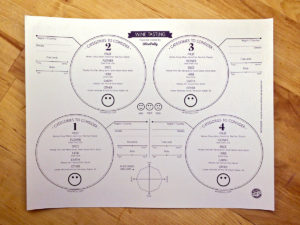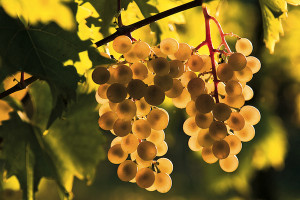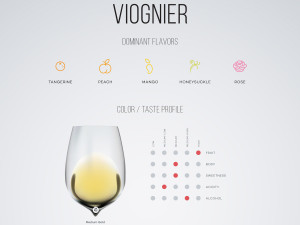Finding Bubbles in Paso Robles
Did you know you can find sparkling wines in Paso Robles? Many think of the wine region as a place for big reds only but if you know where to look, there’s lot’s of hidden treasures in the region. One of those treasures is bubbles! There’s actually quite a few wineries in north county offering sparkling wine these days and doing a fantastic job of it. If you want a list of all of them you might want to check out Cali Coast Wine Country Websitewhich has bubble maps for all the central coast regions.
Need help choosing which ones to visit? These wineries boast some of the best bubbles north of the grade in our humble opinion:
WEST SIDE OF 101
Jack Creek – Blanc de blancs is a made from chardonnay grapes. It is wonderfully crisp with nice acidity and a clean fruit undertone. With that being said, it isn’t always available so make sure you give them a call and get it when you can!
Hammersky – Detained is more than just a cool label. Featuring soft notes of pear and apple, hints of tangerine, coconut and pineapple, This light sparkling wine pairs perfectly with a hot summer’s day and is also perfect for sipping while overlooking their beautiful estate!
Niner – Brut Rose is classically made from Pinot Noir grapes. It has great salinity, wonderful floral taste and a bold vibrant bubble. Niner also handled every step of the sparkling wine making process in house and if you want to hear about it you can read it all on their blog!
EAST SIDE OF 101
Bianchi – California Brut has lively bubbles and a fruity taste. This wine is easy to drink or would make a great gift. It’s also perfect for sitting on their lovely patio on a warm day to enjoy.
Clavo – Sparkling Grenache Blanc is made in the traditional fashion. It is very dry and would be a good special occasion popper. It also has won several medals in California wine competitions throughout the state.
Rava – Sparkling Brut features aromas of white nectarine, Meyer lemon, and toast. The flavors are that of stone fruit and minerality with a bright natural acidity. Delicious!
We know some of you think of sparkling wine as a special occasion sipper only. Luckily, there are so many reasons to celebrate the month of May and if you don’t have one yet, make one with some of these amazing May specials. We can help you find sparkling wines, interesting varietals, vineyard tours, and other hidden gems. We have something for everyone and we’re ready and waiting for you!


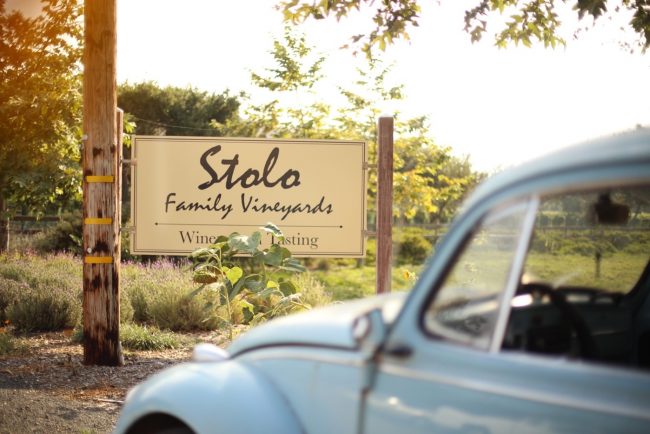
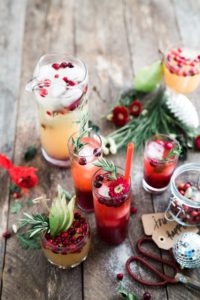
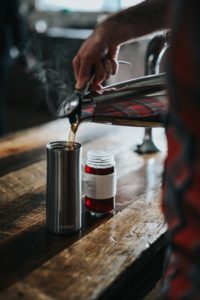
 opening a bottle of sparkling wine may not be intuitive, it is quite easy and we will give you a few tips on how to do it best. You want to open a Champagne bottle in a way that both respects the precious beverage inside the bottle but is also elegant and fun. While we recognize that not all bubbles are champagne (we have love for prosecco, cava and sparkling whites as well!) for today, we will us the term champagne to stand in for all these marvelous libations!
opening a bottle of sparkling wine may not be intuitive, it is quite easy and we will give you a few tips on how to do it best. You want to open a Champagne bottle in a way that both respects the precious beverage inside the bottle but is also elegant and fun. While we recognize that not all bubbles are champagne (we have love for prosecco, cava and sparkling whites as well!) for today, we will us the term champagne to stand in for all these marvelous libations!
